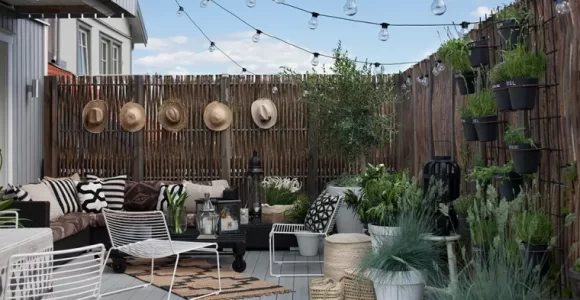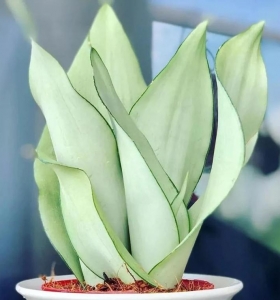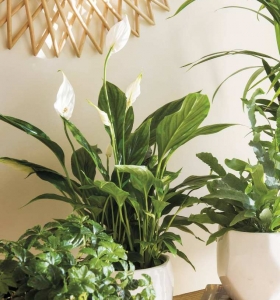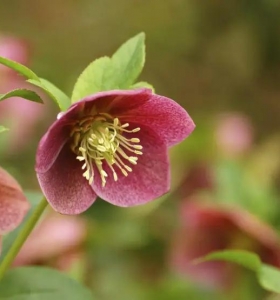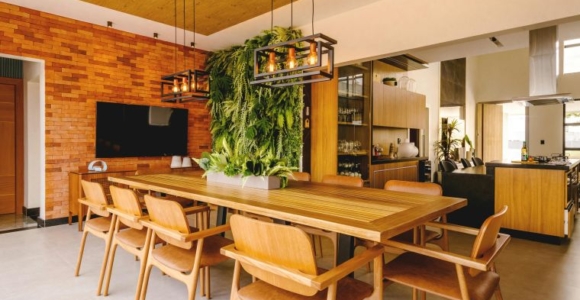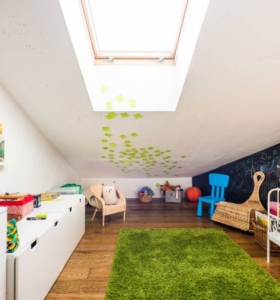Arbusto fragante – ¿Qué plantas cultivar para esconderse de los vecinos?
Arbusto fragante – ¿Qué plantas cultivar para esconderse de los vecinos?
La privacidad y la intimidad en el hogar son aspectos sumamente valorados en la actualidad. En ocasiones, cuando vivimos en comunidades residenciales o en zonas urbanas, puede resultar complicado disfrutar de estos beneficios debido a la proximidad de nuestros vecinos. Sin embargo, existen soluciones sencillas y eficientes para resguardar nuestro espacio y crear un ambiente más agradable y acogedor en nuestro jardín.
Los arbustos fragantes son una excelente alternativa para aquellos que buscan ocultarse de las miradas indiscretas de los vecinos, al tiempo que añaden belleza y aroma a nuestro entorno. Estas plantas, gracias a su crecimiento frondoso y sus características olorosas, no solo nos proporcionan un mayor grado de privacidad, sino que también nos regalan sensaciones placenteras al disfrutar de su fragancia en el aire.
En primer lugar, uno de los arbustos más populares para este propósito es la madreselva (Lonicera). Esta planta trepadora de hojas perennes cuenta con flores delicadas y perfumadas. Al poder ser guiada en forma de enredadera, resulta ideal para cubrir cercas o muros, creando así una barrera visual y olfativa. La madreselva es de fácil cuidado y se adapta a diversos climas, por lo que se convierte en una opción perfecta para cualquier jardín.
Por otro lado, la lavanda (Lavandula) se ha ganado un lugar especial entre los amantes de los arbustos fragantes. Además de ser conocida por su aroma relajante y característico, esta planta posee hojas plateadas que crean un hermoso contraste visual. La lavanda, que crece en forma de mata compacta, puede ser utilizada para delimitar espacios en el jardín o en macetas en el balcón. Sus flores violetas aportarán un toque de color y elegancia al ambiente.
Otra opción a considerar es el jazmín (Jasminum). Esta planta trepadora, tan apreciada por su aroma intenso y dulce, es perfecta para brindar privacidad en terrazas o balcones. Su rápido crecimiento la convierte en una excelente opción para cubrir estructuras de madera o alambre. Además, el jazmín es muy resistente y se adapta fácilmente a diferentes condiciones de cultivo.
Finalmente, no podemos dejar de mencionar el ciprés (Cupressus). Estos árboles de hojas perennes y crecimiento vertical son una elección clásica para crear una pantalla verde que nos proteja de miradas indiscretas. Su follaje denso y su altura nos permiten disfrutar de un espacio íntimo y aislado del exterior. Además, su apariencia elegante y sofisticada embellece cualquier jardín.
En conclusión, cultivar arbustos fragantes se convierte en una excelente opción para quienes buscan resguardar su privacidad y crear un ambiente placentero en el hogar. La madreselva, la lavanda, el jazmín y el ciprés son solo algunas de las muchas alternativas disponibles en el mercado. Cada uno de ellos brinda cualidades únicas y especiales a nuestro espacio, aportando aroma, belleza y tranquilidad. ¡No esperemos más y creemos nuestro propio oasis de paz y privacidad! Some plants that can be grown to hide from neighbors and create a fragrant barrier include:
1. Honeysuckle (Lonicera): This climbing plant with evergreen leaves and delicate, fragrant flowers can be trained to cover fences or walls, providing visual and olfactory privacy. It is low-maintenance and adaptable to various climates, making it a perfect choice for any garden.
2. Lavender (Lavandula): Known for its relaxing and distinctive aroma, lavender also has silver leaves that create a beautiful visual contrast. This compact shrub can be used to delineate spaces in the garden or in pots on the balcony, adding a touch of color and elegance with its violet flowers.
3. Jasmine (Jasminum): This climbing plant is highly regarded for its intense and sweet fragrance. It is perfect for providing privacy on terraces or balconies and can quickly cover wooden or wire structures. Jasmine is also resistant and easily adapts to different growing conditions.
4. Cypress (Cupressus): These tall evergreen trees are a classic choice for creating a green screen that protects from prying eyes. With their dense foliage and height, they allow for an intimate and secluded space. In addition, their elegant and sophisticated appearance enhances any garden.
These are just a few examples of the many fragrant bushes available on the market. Each one brings unique and special qualities to our space, providing aroma, beauty, and tranquility. Let’s create our own oasis of peace and privacy! Some other fragrant bushes that can be grown to create privacy from neighbors include:
5. Rosemary (Rosmarinus officinalis): This aromatic herb not only adds a pleasant scent to the air, but its dense growth and needle-like leaves can create a visual barrier. It can be grown as a shrub or as a hedge.
6. Forsythia (Forsythia): This early blooming shrub produces bright yellow flowers in spring, adding a burst of color and fragrance to your garden. Its fast growth and dense branches make it great for screening.
7. Viburnum (Viburnum): There are many varieties of viburnum, all of which produce beautiful, fragrant flowers. They are versatile shrubs that can be used as hedges, screens, or standalone plants.
8. Mock Orange (Philadelphus): This shrub gets its name from its fragrant white flowers, which resemble those of an orange tree. It can be grown as a standalone plant or shaped into a hedge.
9. Sweet Box (Sarcococca): This evergreen shrub has glossy, dark green leaves and small, highly fragrant white flowers in winter. It is a great choice for adding fragrance to shady areas of the garden.
10. Witch Hazel (Hamamelis): This shrub produces fragrant yellow or red flowers in winter, adding color and scent to the garden during the colder months. It can be grown as a standalone plant or as part of a mixed border.
These are just a few additional options to consider when looking to create a fragrant barrier for privacy in your garden. Each plant has its own unique characteristics and qualities that can enhance your outdoor space while providing a sense of seclusion. Algunas otras opciones de arbustos fragantes que se pueden cultivar para crear privacidad frente a los vecinos incluyen:
5. Romero (Rosmarinus officinalis): Esta hierba aromática no solo añade un agradable aroma al aire, sino que su crecimiento denso y sus hojas parecidas a agujas pueden crear una barrera visual. Puede ser cultivado como arbusto o seto.
6. Forsythia (Forsythia): Este arbusto de floración temprana produce flores amarillas brillantes en primavera, añadiendo un estallido de color y fragancia a tu jardín. Su rápido crecimiento y sus ramas densas lo hacen ideal para la creación de pantallas.
7. Viburno (Viburnum): Existen muchas variedades de viburno, todas las cuales producen hermosas flores fragantes. Son arbustos versátiles que se pueden utilizar como setos, pantallas o plantas independientes.
8. Filadelfo (Philadelphus): Este arbusto recibe su nombre de sus fragantes flores blancas, que se asemejan a las de un naranjo. Puede ser cultivado como planta independiente o darle forma para formar un seto.
9. Sarcococca (Sarcococca): Este arbusto perenne tiene hojas brillantes de color verde oscuro y pequeñas flores blancas altamente fragantes en invierno. Es una excelente opción para añadir fragancia a las áreas sombrías del jardín.
10. Hamamelis (Hamamelis): Este arbusto produce flores fragantes de color amarillo o rojo en invierno, añadiendo color y fragancia al jardín durante los meses más fríos. Puede ser cultivado como planta independiente o como parte de un borde mixto.
Estas son solo algunas opciones adicionales a considerar cuando se busca crear una barrera fragante para la privacidad en tu jardín. Cada planta tiene sus propias características y cualidades únicas que pueden realzar tu espacio exterior y proporcionar una sensación de aislamiento. En resumen, cultivar arbustos fragantes es una excelente manera de crear un ambiente más agradable y acogedor en nuestro jardín. La madreselva, la lavanda, el jazmín, el ciprés y otras plantas como el romero, la forsitia, el viburno, el filadelfo, el sarcococca y el hamamelis son opciones ideales para añadir privacidad y disfrutar de sus fragancias y belleza. No esperemos más y creemos nuestro propio oasis de paz y privacidad en el hogar. ¡No esperemos más y creemos nuestro propio oasis de paz y privacidad en el hogar!
With the arrival of hot days, we tend to spend more time outdoors. If you’re lucky enough to have a garden, make the most of it during this time of year. But there’s a small inconvenience: how do we preserve our privacy with a fragrant shrub? The easiest solution is to invest in a fence, but we have a better idea. Consider creating a green wall. In this article, we’ll help you choose the right fragrant hedge shrub that will hide you from the curious eyes of your neighbors.
What fragrant shrub should you cultivate to protect yourself from unwanted looks?
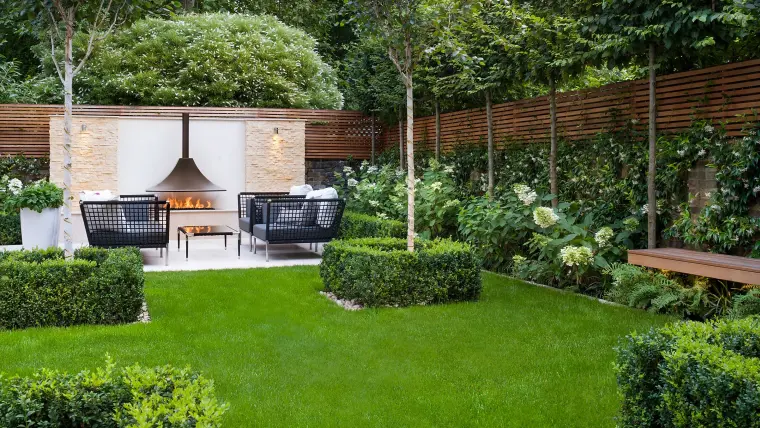
There are many advantages to creating a green wall.
- The shrubs will protect you from the wind.
- They will provide pleasant shade during hot summer days.
- Shrubs are important for biodiversity in the area.
In this article, we offer our selection of suitable privacy plants, providing excellent options to assist you in your search. Do you like fragrant plants? Here is our selection of fragrant hedge shrubs that will perfume and create privacy on your balcony, terrace, or patio.
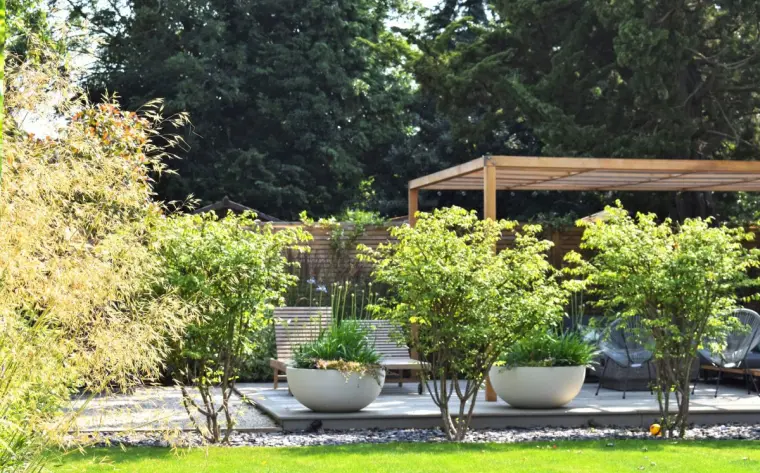
Also known as pittosporum, this evergreen shrub is one of the best choices. It can reach a height of 5m, making it a perfect option for protecting your garden from unwanted looks. This plant will help you create a very dense wall. To enhance the look of the space, we recommend complementing it with small wildflowers that bloom in May and June. Its aroma is more than surprising, similar to the scents of jasmine and orange blossom. It is an excellent evergreen plant with dense foliage that adds a lot of color to the landscape. This plant can also be grown in pots on a patio.
Fragrant shrub: Pittosporum tobira

Next, we have a magical shrub with an intoxicating aroma. It is characterized by fluffy clusters of lilac or white flowers that fill the garden with their unmistakable perfume. In addition, they protect you from unwanted looks. They are available in 3 main colors: pink, purple, and white. All are very fragrant and will attract beautiful butterflies to your garden. They need plenty of space to grow. They are perfect because they have low water requirements, withstand low temperatures and summer heat, are very adaptable, and easy to grow in any climate. They thrive in both full sun and shade.
Beautiful Lilac Shrubs
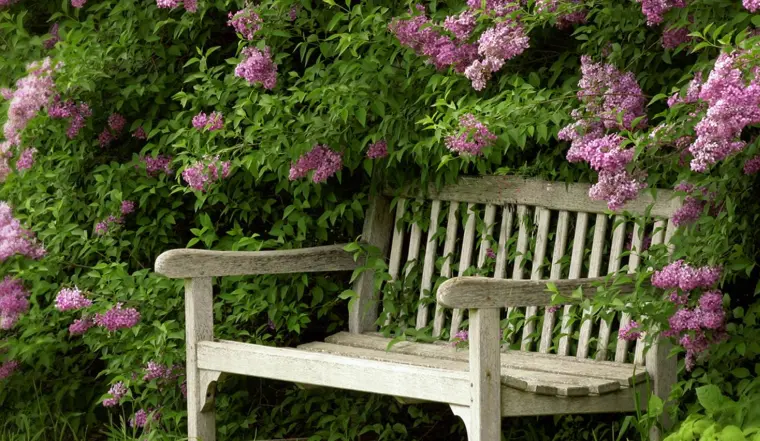
Also known as Mexican orange blossom, this fragrant shrub offers abundant white flowers. It has a compact and rounded shape and grows up to 2m in height. To admire its spectacular appearance, let it enjoy generous and regular watering, but without waterlogging its roots. It is an evergreen shrub with very fragrant flowers gathered in small clusters, standing out against the shiny green leaves. An unusual plant for a sunny or partially shaded garden. Ideal for scented gardens.
Fragrant shrub: Choisyá
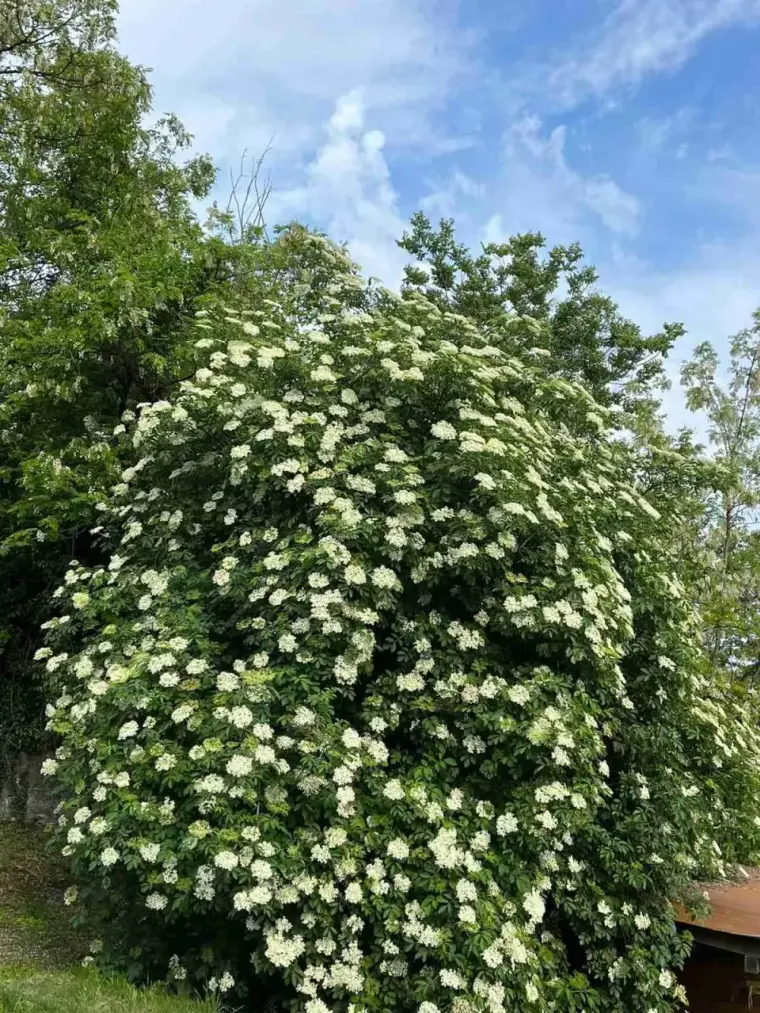
Despite the small size of its flowers, this shrub is very aromatic and blooms throughout autumn, from September to November. It is a large, dense evergreen shrub that grows very tall and wide. The leaves have a dark green color. You can also find it under its common name: Hollyleaf Osmanthus. Among its advantages, we can also mention that it is very easy to cultivate and has evergreen foliage. It is native to South Korea, Central and South Japan, and Taiwan. This shrub prefers partial shade or full sun and moist, well-drained, and acidic soils. It tolerates frequent pruning, is easily transplanted, and is resistant.
Osmanthus heterophyllus
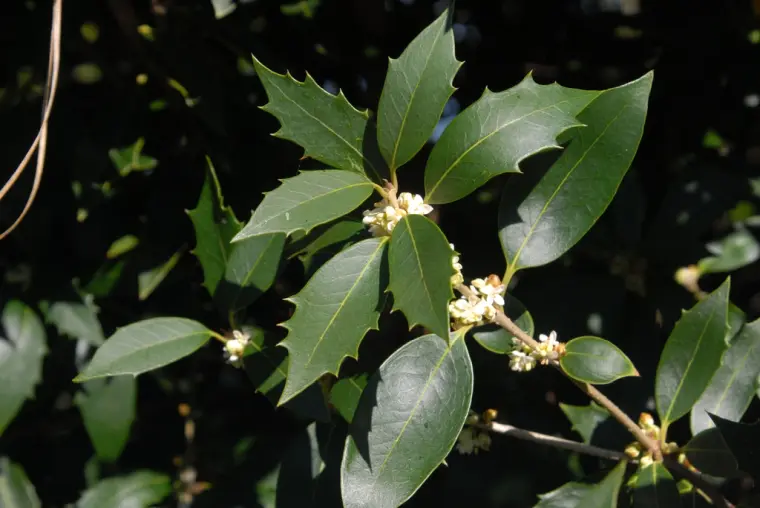
The fragrant viburnum is a beautiful shrub for the garden. It is very resistant and can withstand temperatures as low as -10°C. Drought doesn’t affect it either, which can be very useful in the middle of summer. This plant stands out for its fragrant blooms and changing foliage with striking autumn colors. Perfect for the garden. It is native to Asia. It reaches a height of up to 3m and a width of 2m, with few branches and medium growth. The leaves turn green in summer and purple in autumn. Winter flowering occurs in fragrant pink clusters and blooms between November and March.
Fragrant shrub: Viburnum odoratissimum
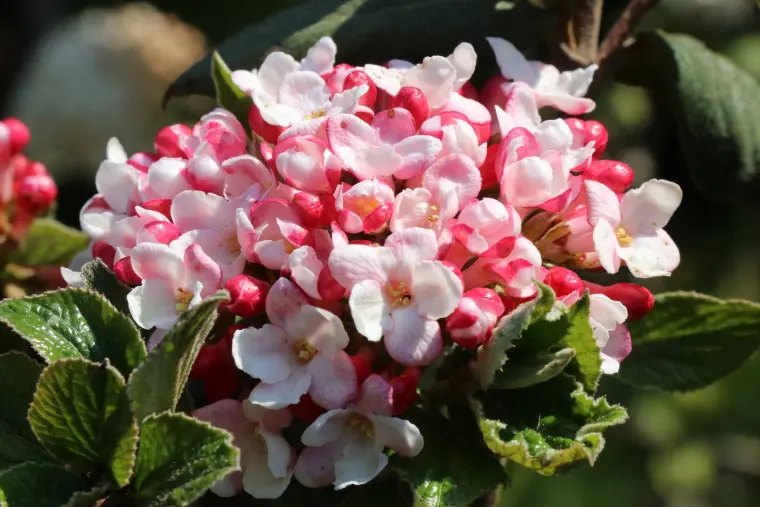
Gardenia is a long-flowering plant, from June to September. It
